How to Grow Spectacular Spring Flowers
This spring, transform your garden into a vibrant, blooming masterpiece. This is your guide to crafting a spectacular and natural-looking landscape, overflowing with the first blooms of the season. Discover expert tips for spring garden planning, selecting the perfect spring bulbs, and creating stunning perennial garden designs. Learn how to prepare your soil for optimal growth and cultivate a colorful flower garden that tells a unique story. Dive into the art of seasonal gardening and bring your outdoor space to life with an abundance of spring flowers.
8/24/20256 min read
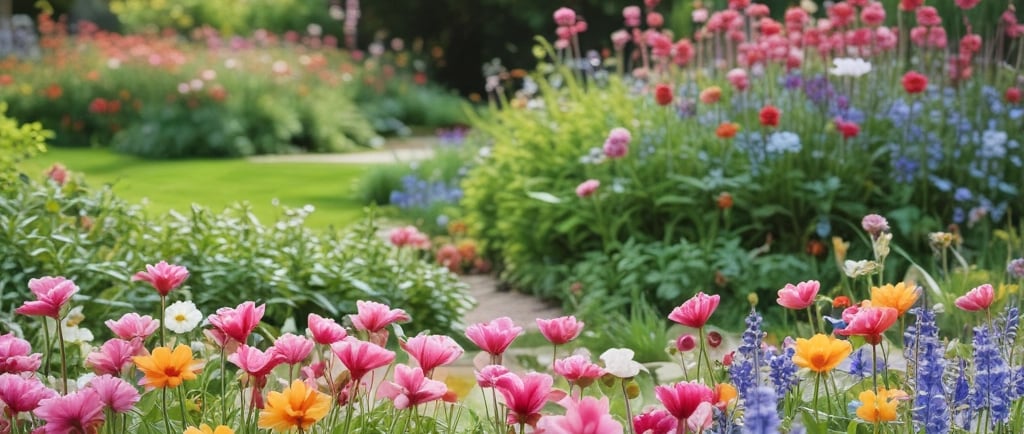

Ah, the delightful promise of spring! There's a certain kind of magic that happens when the world shakes off its winter slumber, isn't there? The air just feels different, a little bit lighter, and you start to notice tiny flashes of color peeking out from the sleepy earth. For us gardening folks, this isn't just a season; it's an event. It's the grand finale of months of dreaming, planning, and maybe, just maybe, a little bit of online shopping for bulbs we absolutely, positively need.
This is all about bringing your garden to life in a way that feels utterly natural, overflowing with vibrant beauty and that special something that only comes with the first blooms of the year. We're talking about a garden that doesn’t just show off, but tells a story. One that's full of life, bursting with color, and whispers a little secret with every petal.

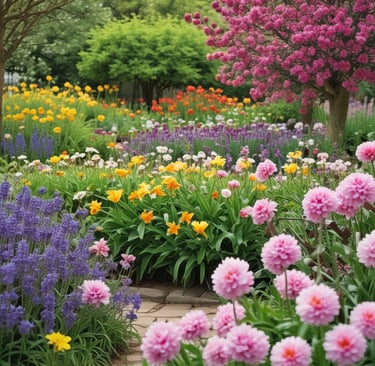
A Gardener's Secret: Why a "Failsafe" Spring is Totally Within Reach
You know, for all the meticulous planning and digging and dirt under our fingernails, gardening can feel a bit unpredictable. Did I plant that tulip bulb deep enough? Will the rabbits leave my crocuses alone this year? Will it frost again, just when the first buds appear? It's a natural thing to worry about, but honestly, with the right know-how, you can create a spring garden that's practically foolproof. Think of it as a friendly handshake with nature, where you provide a little help, and in return, you get an absolutely stunning show.
First things first, let's talk about the unsung heroes of the spring garden: perennials and bulbs. These aren't just one-hit wonders; they're the seasoned performers that come back year after year, often with more gusto than the last. Planting bulbs, like those cheerful daffodils or elegant tulips, is one of the most satisfying things a person can do in the fall. It's an act of faith, really—burying a papery-thin husk in the cold ground, trusting that in a few short months, it will explode into glorious color. And let me tell you, that first hint of green is a pure jolt of joy.
But it’s not just about the big showstoppers. Have you ever noticed the quiet, delicate flowers that brave the cold almost before the snow has melted? Those are the real early birds. We're talking about tiny, brave snowdrops or the sweet, purple crocuses that seem to pop up overnight. They're a powerful reminder that life finds a way, no matter what. And they're fantastic for planting in little pockets of your garden, like along a pathway or under a deciduous tree, where they'll happily spread over time.
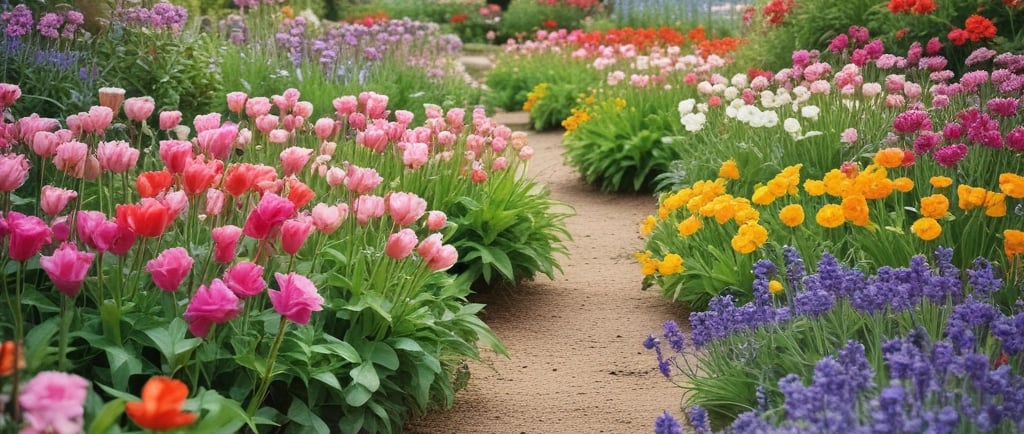

Getting Your Hands Dirty: A Guide to Spring Flower Planting
Honestly, the most important part of any successful garden is the dirt itself. You can have the prettiest flowers in the world, but if their home isn't right, they'll be miserable. So, before you plant a single thing, take a moment to consider the soil. Most spring bulbs and perennials prefer well-draining soil—the last thing you want is for them to get soggy and rot.
When to plant? That's the million-dollar question. For most bulbs, like hyacinths and daffodils, the fall is the ideal time. You plant them in late summer or early fall, and the cool weather gives them a chance to establish a strong root system before winter sets in. This is a common point of confusion; a lot of people think they plant these in the spring. But here’s the thing: they need that period of cold to "wake up" and be ready to bloom when the warm weather returns.
What about planting in the spring? Well, that's when you can introduce some of the later-blooming stars of the show, like peonies and iris. Peonies are the very definition of old-fashioned luxury. They're like big, ruffly bouquets just waiting to happen. They need a lot of space and a sunny spot, and once they're happy, they'll reward you with a show that's nothing short of spectacular, year after year.
Another great option for spring planting is the azalea. These are shrubs, yes, but they put on such an insane display of color in late spring that they feel just like a flower. They're a fantastic way to add some bold structure and a fiery pop of color to a shady corner of your garden.
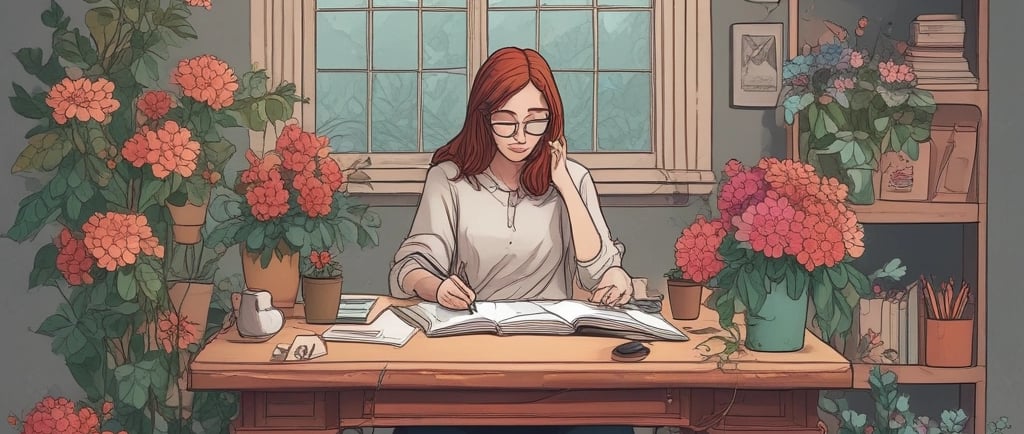

FAQs: Your Quick Guide to Spring Gardening
You've got questions, and I've got answers. Let's tackle some of the most common things people ask about creating a gorgeous spring landscape.
Q: Do I need to water my bulbs after I plant them?
A: Yep, you totally should! Give them a good drink right after you plant them in the fall. After that, they don't need much help from you unless you're in a really dry spell.
Q: My tulips came back but the flowers are really small. What's the deal?
A: This is a pretty common issue! Tulips, especially the fancy hybridized varieties, can be treated almost like an annual. They often have a weaker bloom in their second year. Many gardeners simply replant fresh tulip bulbs each fall for a showy display.
Q: When is the best time to plant perennials like peonies and irises?
A: While you can plant them in the spring, late summer or early fall is actually the best time. It gives them a chance to get their roots settled before the cold hits, so they're ready to put on a show for you the following spring.
Q: Is it okay to cut flowers for a bouquet?
A: Absolutely! That's half the fun. Just make sure you use clean shears and cut at an angle. For bulbs, wait until the foliage has died back naturally before you cut it off. The leaves are what feed the bulb for next year's bloom, so you really want to let them do their job.
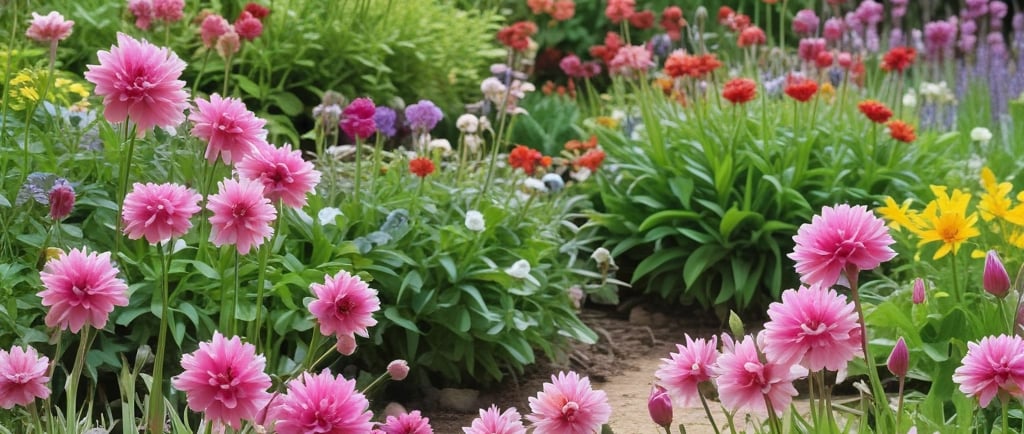

A Spring Flower Garden Alive with Character
What makes a garden truly special isn't just the colors, but the personality. It's the quirky little Grape Hyacinths that look like tiny purple bells, or the dramatic, bell-shaped blooms of the Lily of the Valley that fill the air with their scent. It’s a bit of a dance, pairing different plants together to create a tapestry of color and texture. Imagine a bed of bright yellow daffodils under a flowering magnolia tree, or the soft pink of columbine next to the deep blue of bluebells.
It's about embracing the little things, too. A simple pansy in a pot on your front step can bring so much joy on a cloudy day. Or the way the first blooms of a forsythia shrub seem to announce spring's arrival with a trumpet blast of vibrant yellow. These are the details that turn a simple yard into a cherished space. And they don't require you to be a master gardener. All they need is a little love, a little sun, and some well-draining soil to put on a breathtaking show. It's a reminder that even after a long, cold winter, there’s always something beautiful just waiting to be born.
And that's really what spring is all about, isn't it? It’s not just a season; it's a feeling. It's hope and renewal and a fresh start. It's the perfect time to get your hands in the dirt, connect with something beautiful, and watch as your efforts grow into a riot of color. So go on, get out there. Your garden is waiting.
Elegance
Global blooms delivered with care and style.
Sustainability
Support
Open Mon-Fri (exec Public Holidays)
We reply to emails quickly
© 2024. All rights reserved.
